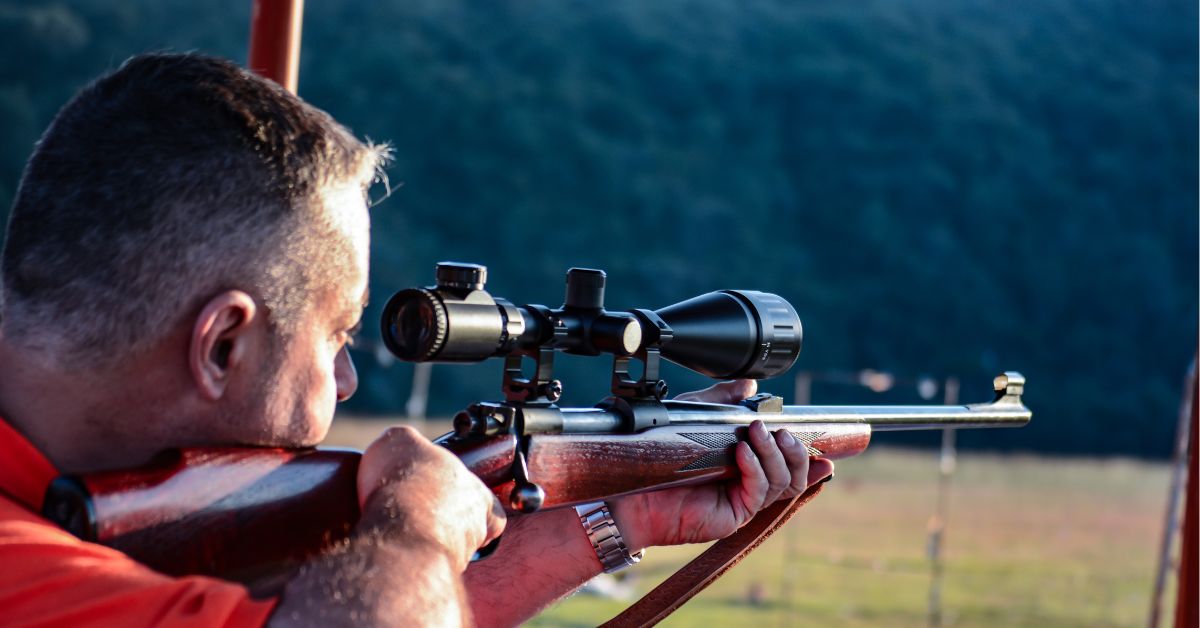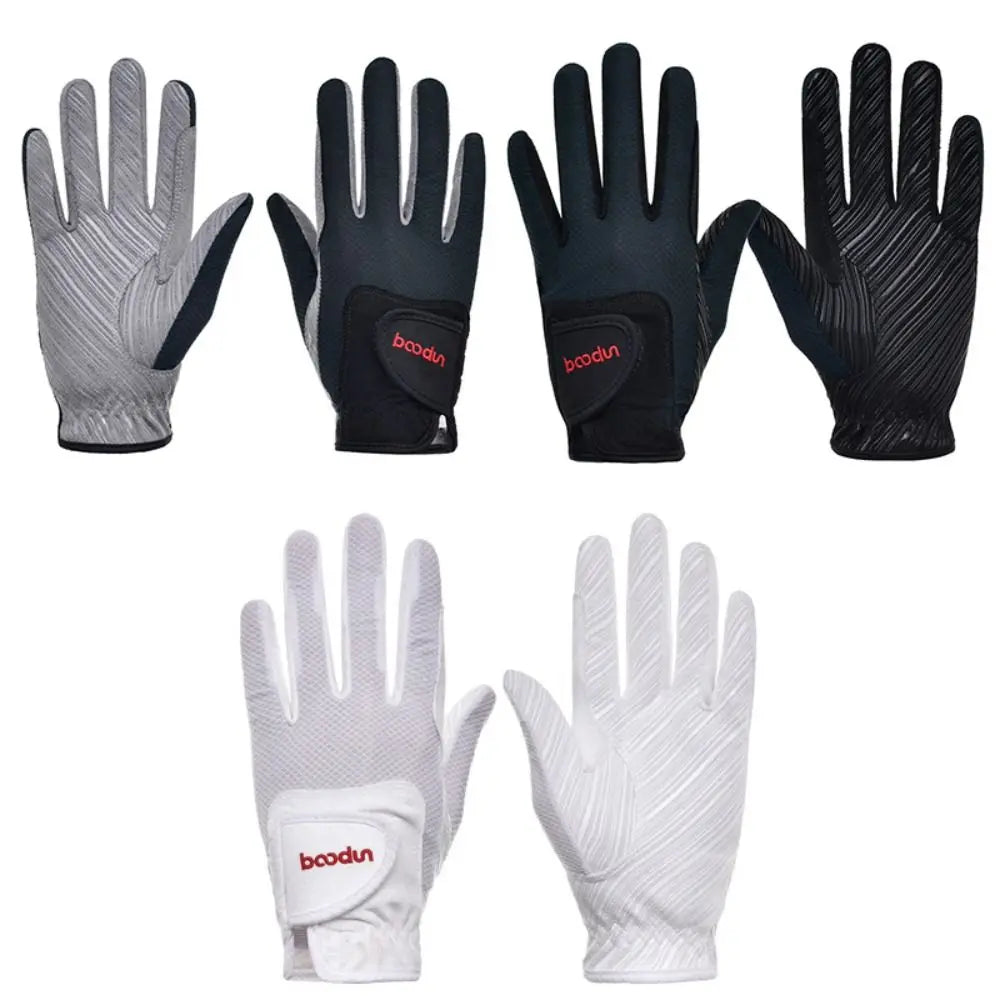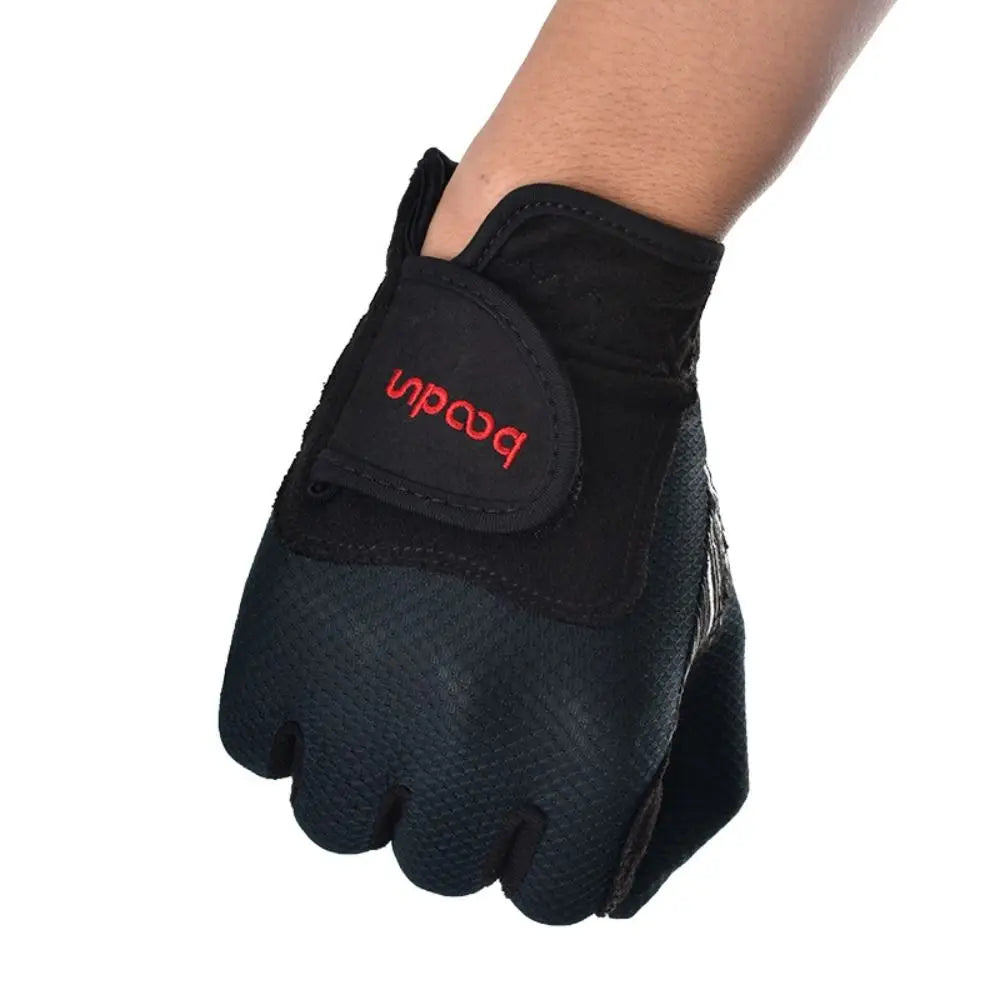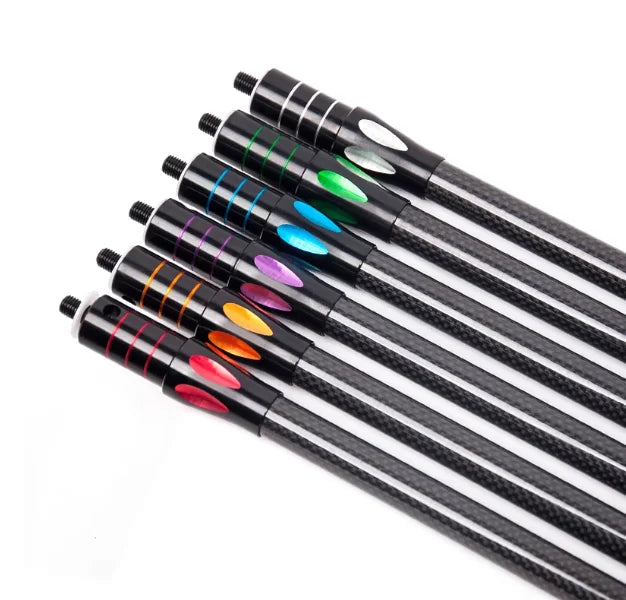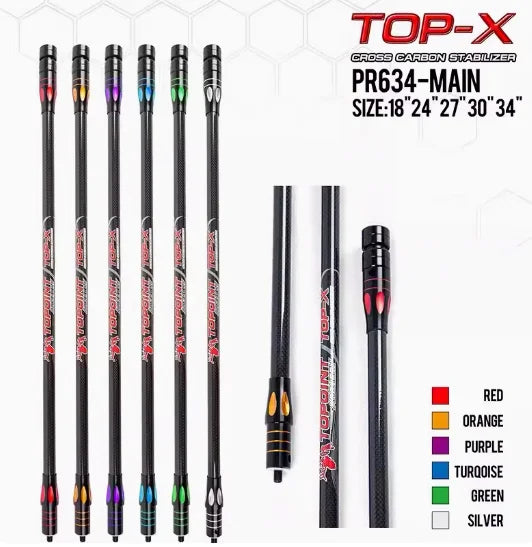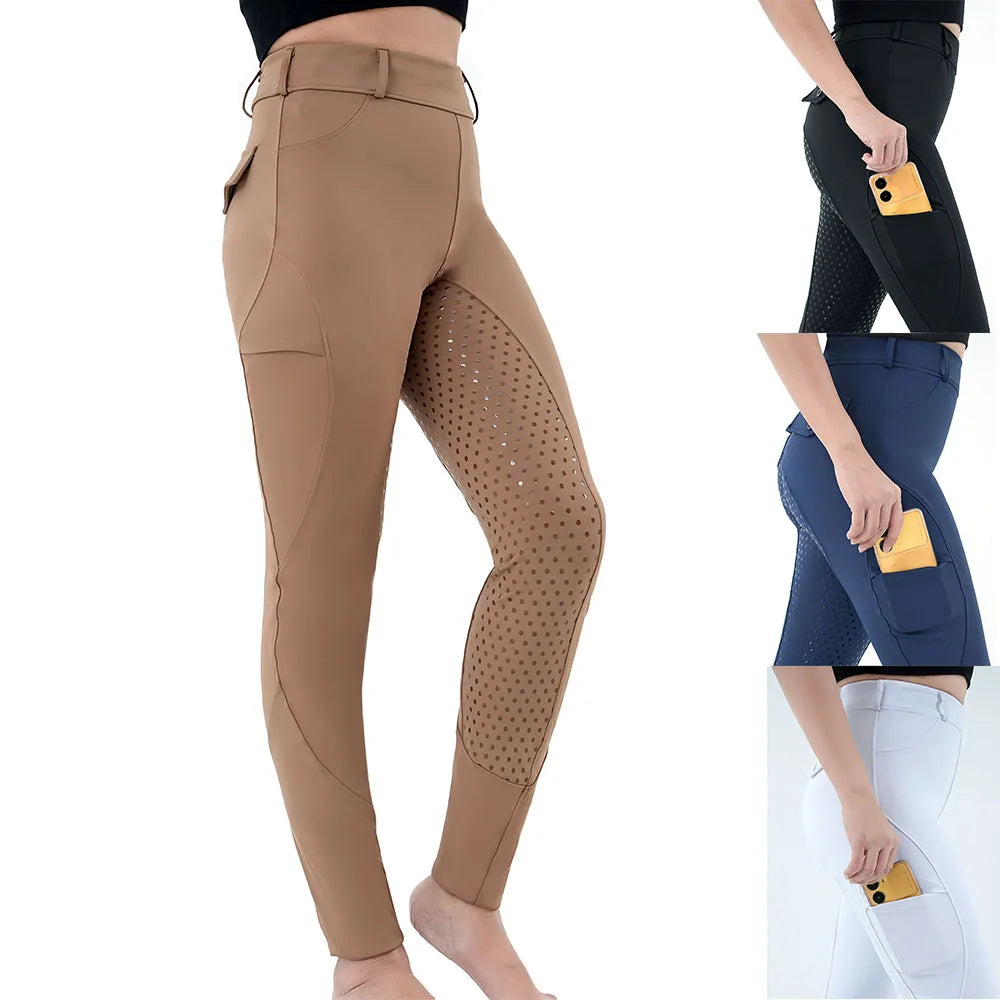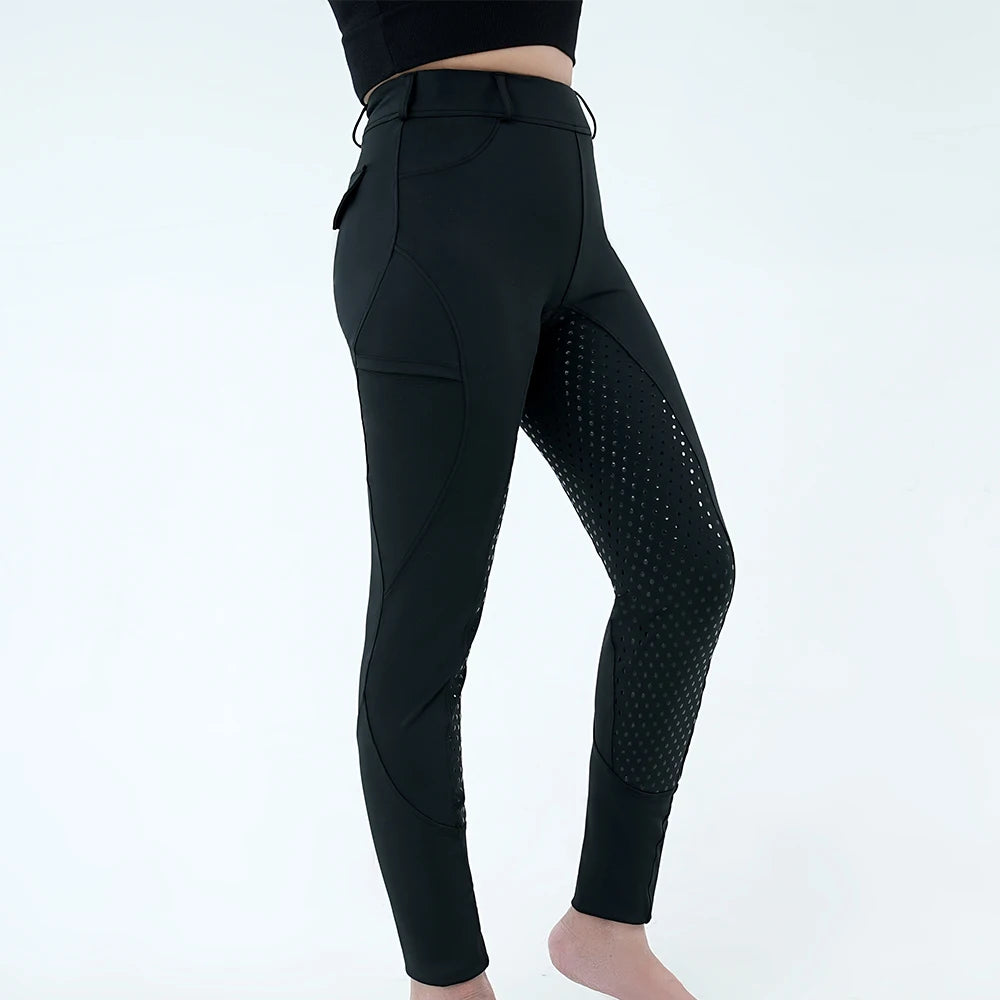How to Choose the Right Optics for Target Shooting in New Zealand
When it comes to improving your shooting precision, the right optics can make all the difference. Whether you’re using a rifle, airgun, or spotting scope, a well-matched optical setup helps you see clearly, aim precisely, and perform better across New Zealand’s diverse environments — from bright, open ranges to shaded bush settings.
Selecting the correct scope or sight isn’t only about magnification; it’s about understanding your environment, your firearm, and your shooting goals. Here’s how to make the right choice.
Understanding Optics Basics
Optics come in several forms — rifle scopes, red dot sights, magnifiers, and spotting scopes. Each serves a different purpose. Rifle scopes are ideal for long-range accuracy, while red dots provide fast target acquisition at short distances. Spotting scopes are perfect for assessing bullet impacts or observing targets from afar.
For short-range shooting (under 100 metres), a 1–4x or 1–6x variable scope offers flexibility without tunnel vision. For longer distances, 10x or higher magnification gives clearer detail — though higher power narrows your field of view. Balance clarity, magnification, and practicality.
Optics for New Zealand Conditions
New Zealand’s conditions can shift quickly — from morning fog to bright coastal glare. Look for optics with multi-coated lenses to reduce reflections and improve light transmission. Waterproof and fog-proof construction is essential for field use, especially in humid or variable climates.
Durability also matters. Choose scopes made from aluminium alloy or magnesium housing for a light yet strong build. Shock-resistant models hold zero even after repeated recoil. Reticle illumination is another helpful feature for low-light shooting often encountered in forested or overcast areas.
Choosing the Right Reticle and Adjustment Type
The reticle determines how you aim. A simple duplex reticle works well for general use, while mil-dot or BDC (Bullet Drop Compensation) designs help with long-range adjustments.
When it comes to elevation and windage controls, capped turrets are best for protection, while exposed turrets allow for quick adjustments. Target shooters often prefer fine-adjustment turrets for precision, while hunters value capped turrets for reliability during transport.
Optics Maintenance and Care
Even the best scopes require maintenance. Always clean lenses with a microfibre cloth and lens solution to prevent scratches. Keep your optics stored in a cool, dry place, and use protective caps when not in use. After exposure to moisture, wipe down the housing and inspect mounting screws to prevent corrosion.
Routine care not only maintains lens clarity but also preserves your zero for consistent performance.
Buying Optics in New Zealand
When buying optics locally, check for warranty coverage, after-sales support, and availability of replacement parts. Purchasing within New Zealand ensures quick delivery and compliance with import standards.
If you’re ready to upgrade, browse the Optics Collection at Targeteer for quality rifle scopes, red dots, and spotting scopes designed to suit local conditions and all skill levels.
Summary
Choosing the right optics for target shooting in New Zealand means balancing magnification, clarity, and durability. Consider lens coatings, reticle design, and build quality to ensure the best results for your environment. With the right scope setup, every shot becomes clearer, faster, and more accurate — whether you’re on the range or in the field.

